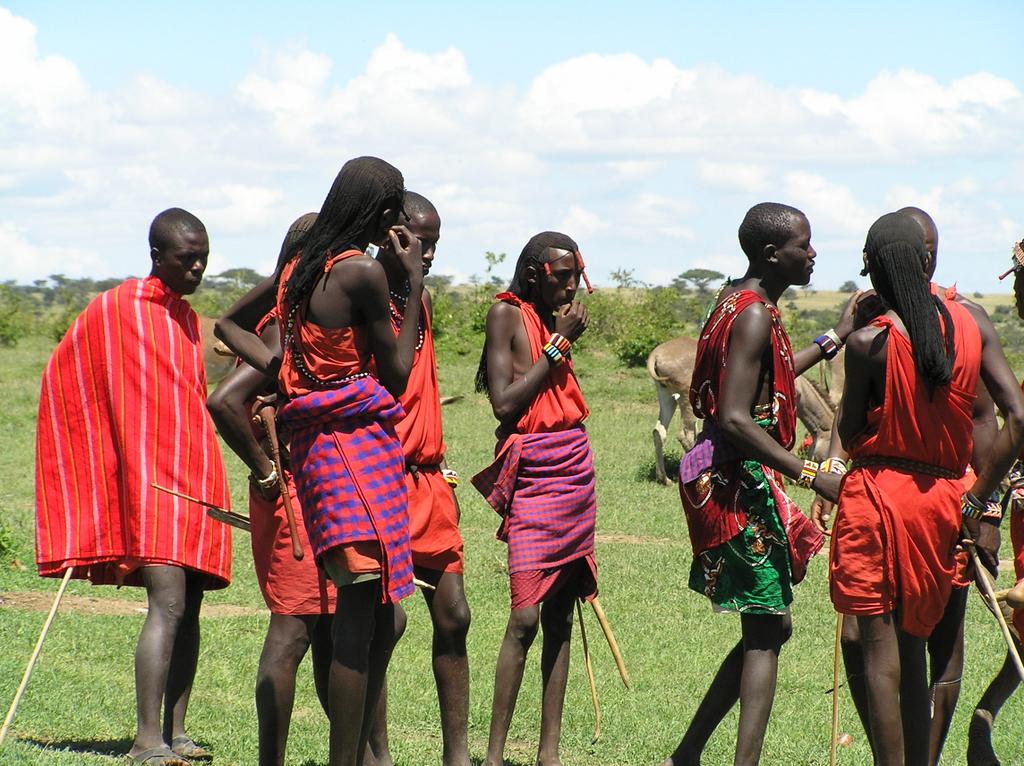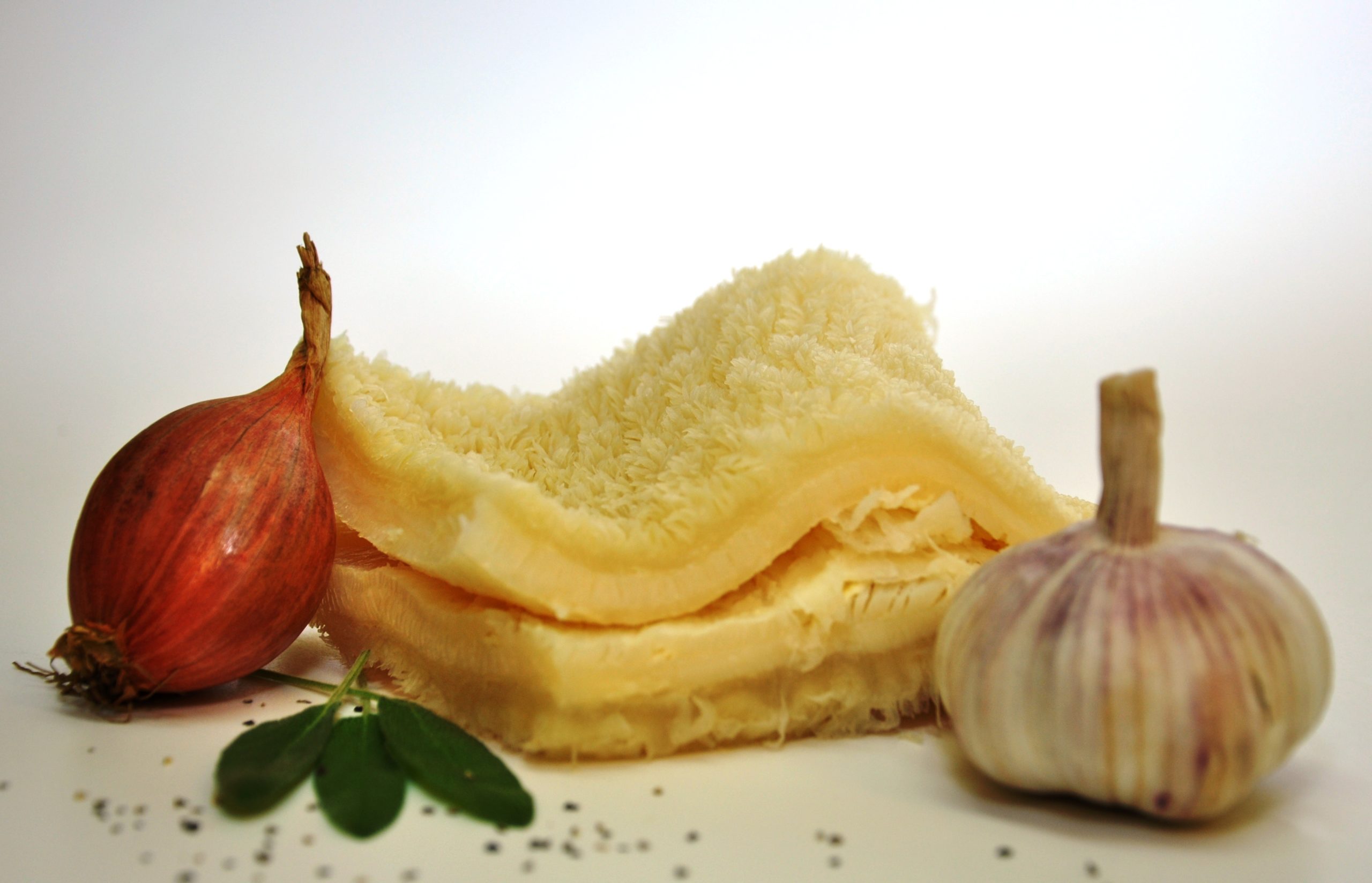Intestines, and their contents.
Thinking on it, that's maybe where we developed sausages

Seriously the intestines of sea mammals like walrus' were (and are according to the tv programme about the last walrus hunters off Russia's coast) are nutritious and a traditional food there. That and seabirds and their eggs.
There are no poisonous eggs, doesn't matter whether it's lizard or bird or fish, they're all edible.
I suppose it must be a bit like extreme veganism, just the other way around. Vegans have issues (arguable so do vegetarians, I take great care) with vitamin B12, I suspect meat eaters might have other ones and there are organs that need great care. Livers for instance. Polar bear ones are too high in Vitamin A for humans to eat without ending up very ill.
I don't know about other sea mammals.
Humans really have evolved to be the cooking ape. We can make almost anything organic edible by cooking it.
We don't have a meat eaters dentition, nor that of the grazers or the gnawers, nor do we have the stomach or gut of those either.
Modern humans are fortunate to be able to make the choice to not eat meat, or dairy, or not eat vegetables, and still remain healthy. I very much doubt that was so easy in the past.
We still have recipes in this country for seaweeds. I reckon folks must have to have been pretty hungry to think about how to make that into a meal. Similarly ducks or chicken feet

Or how about the roasted and ground inner bark of trees for bread ?
I don't fancy the herders diet of milk and blood much, but for all they say that's all they eat, the anthropologists say that those folks don't 'just' eat milk and blood, but either way they have evolved to be healthy on really high fat and cholesterol diets. They are lactase persistent, very much so, and (I can't mind the word for very cholesterol tolerant) their genetic tolerance for cholesterol seems to manage even when they change their traditional diet for the westernised high fat one.
There has to come a point though where the effort to obtain/process food is greater than the nutritional or calorific value of the food.
I know two people (well I did, I haven't seen them in twenty years) who insisted that they only ate meat. One roasted and ate an entire chicken every day. It was all he ate.The other happily ate burgers, sausages, bacon, eggs, kebabs, chops, tins of fish, etc., Both drank beer though, even though it was pointed out that it was really fermented grain and that those wee tins of fish were usually in vegetable oil.
They were both in their twenties then, looked healthy enough, but I have to admit that they were not the company one would wish to share a lift with, iimmc ?
They blamed the beer




